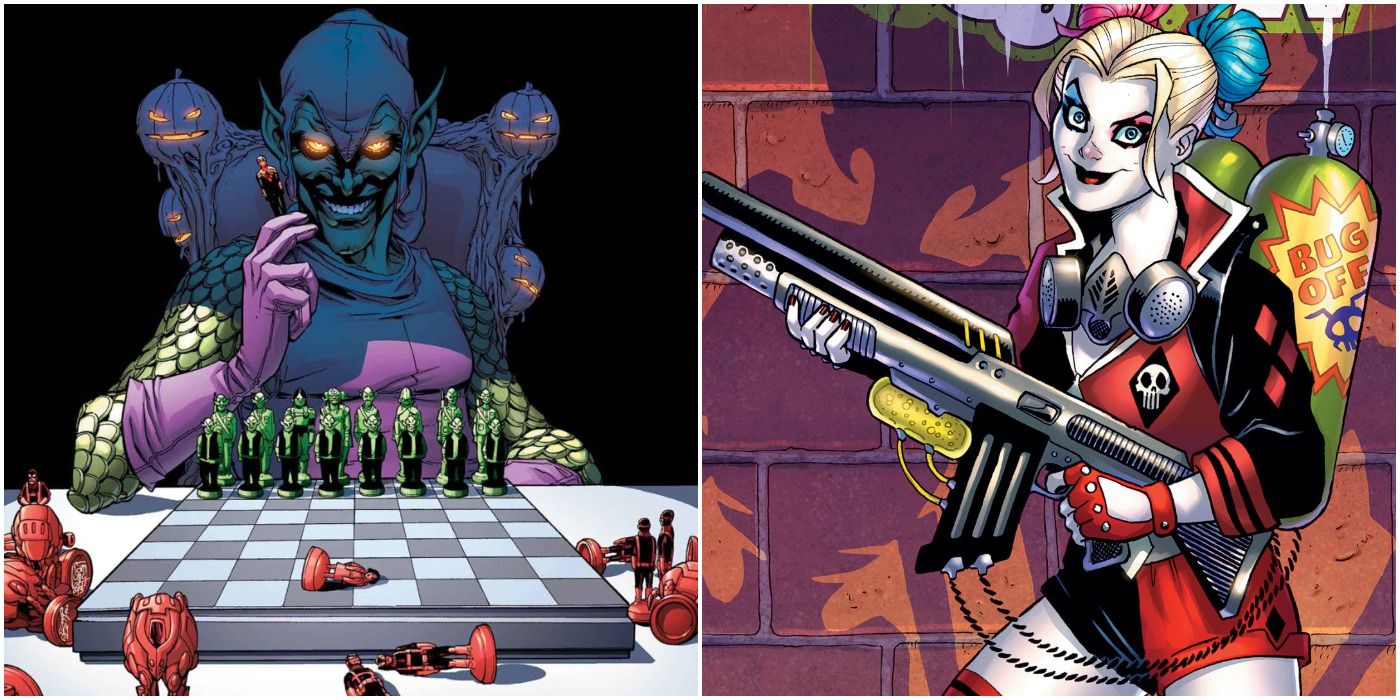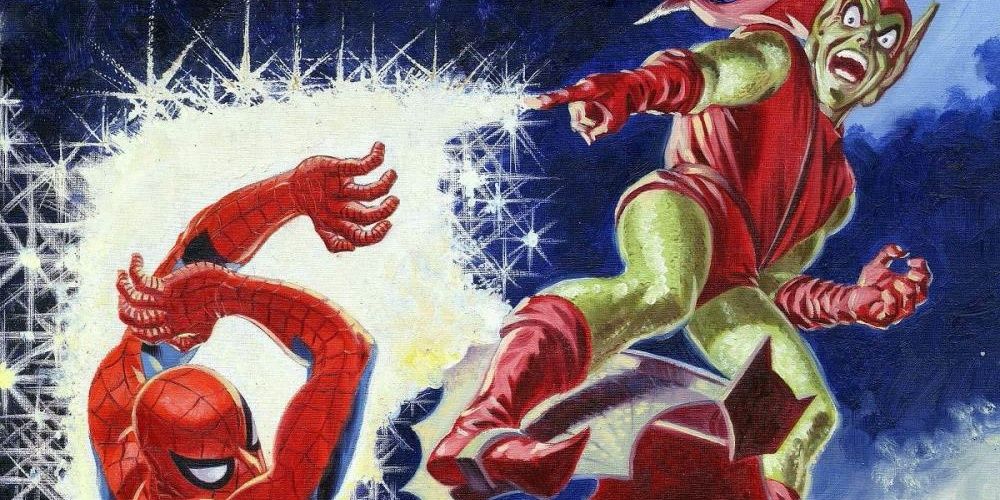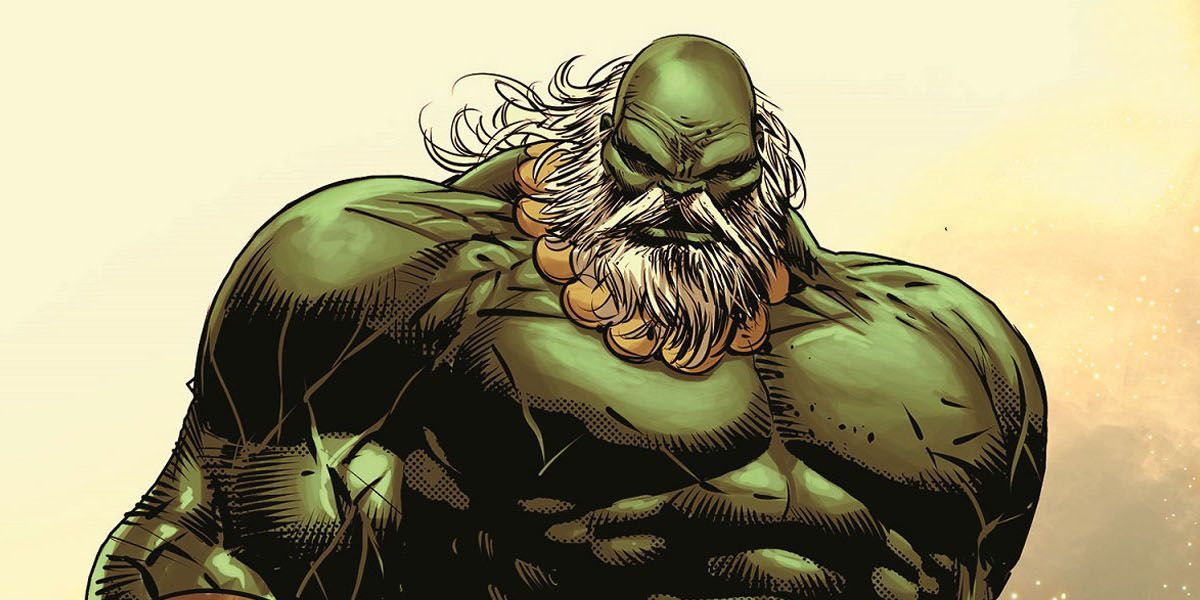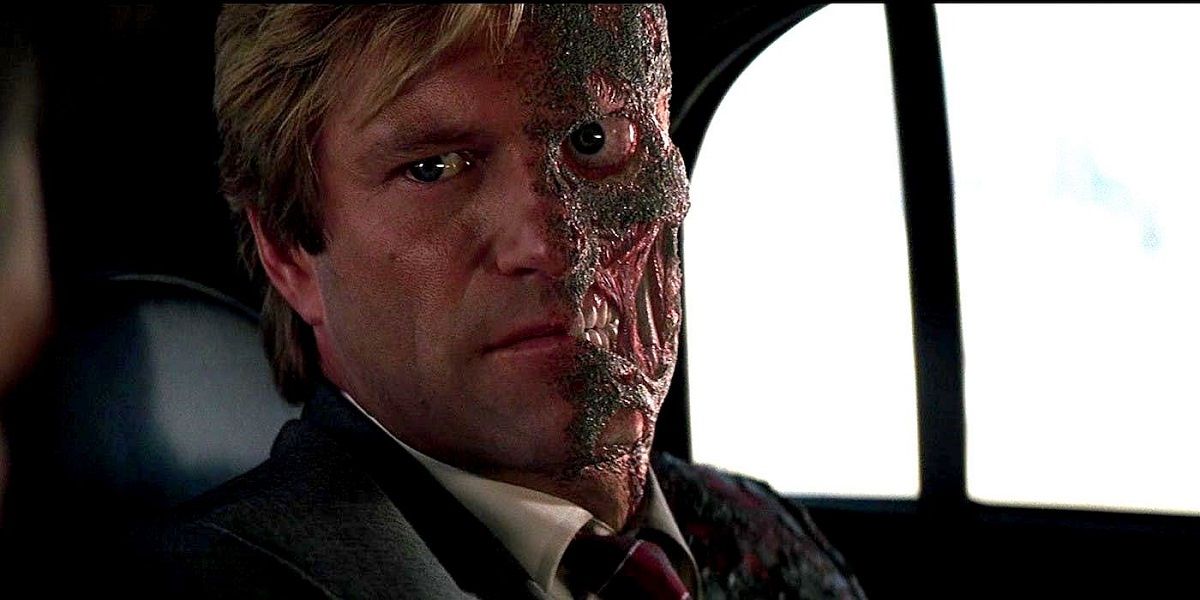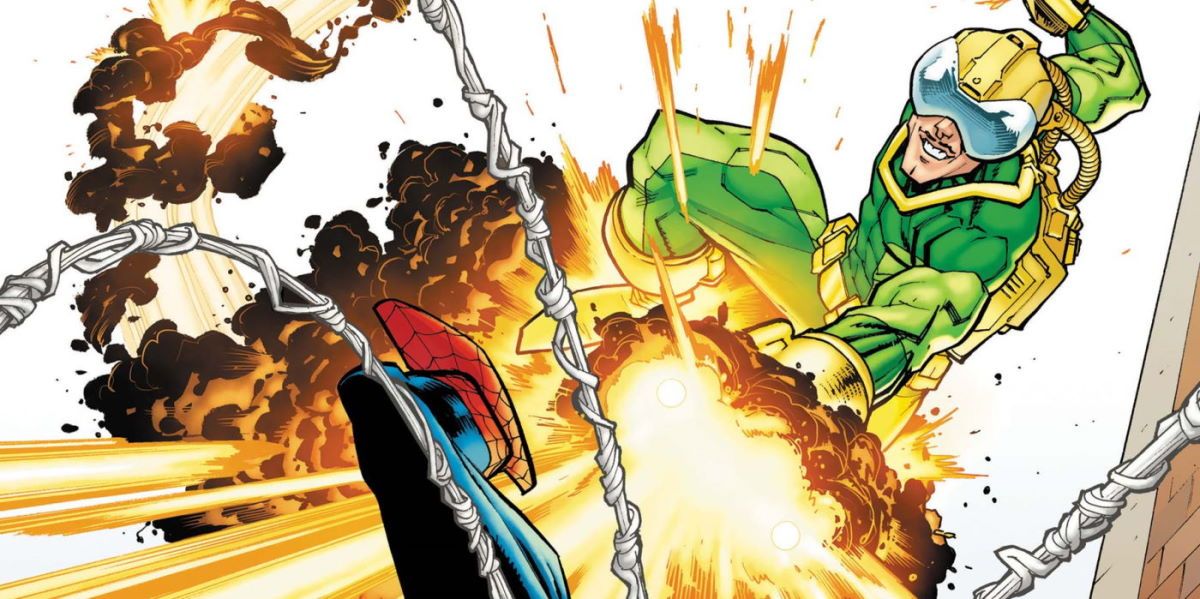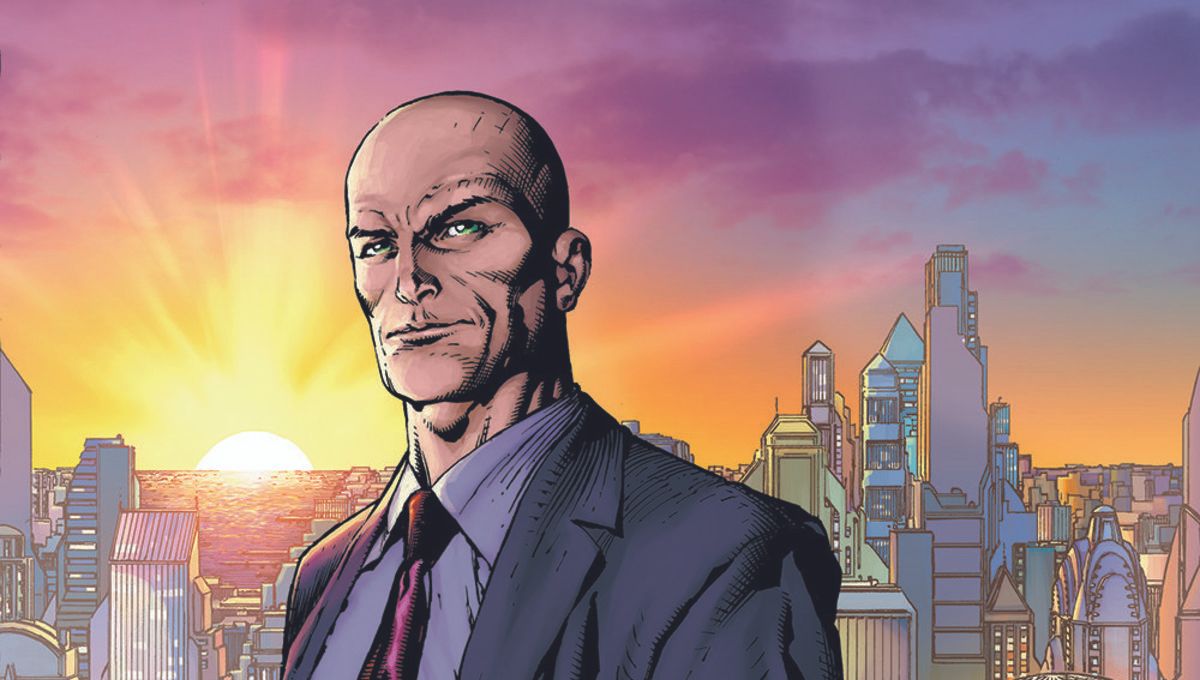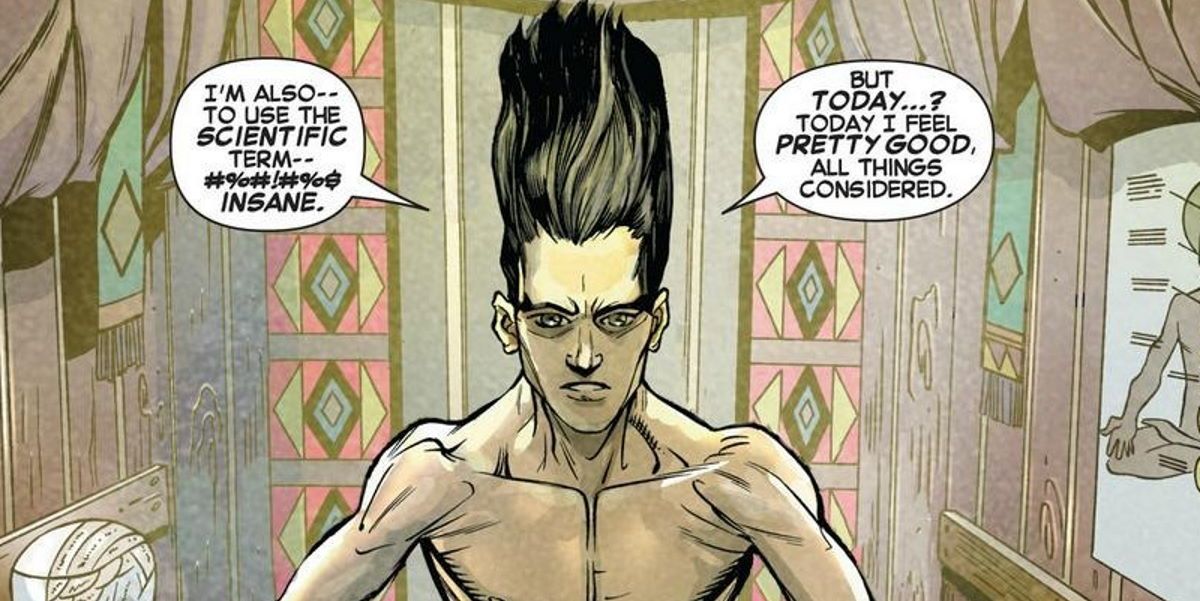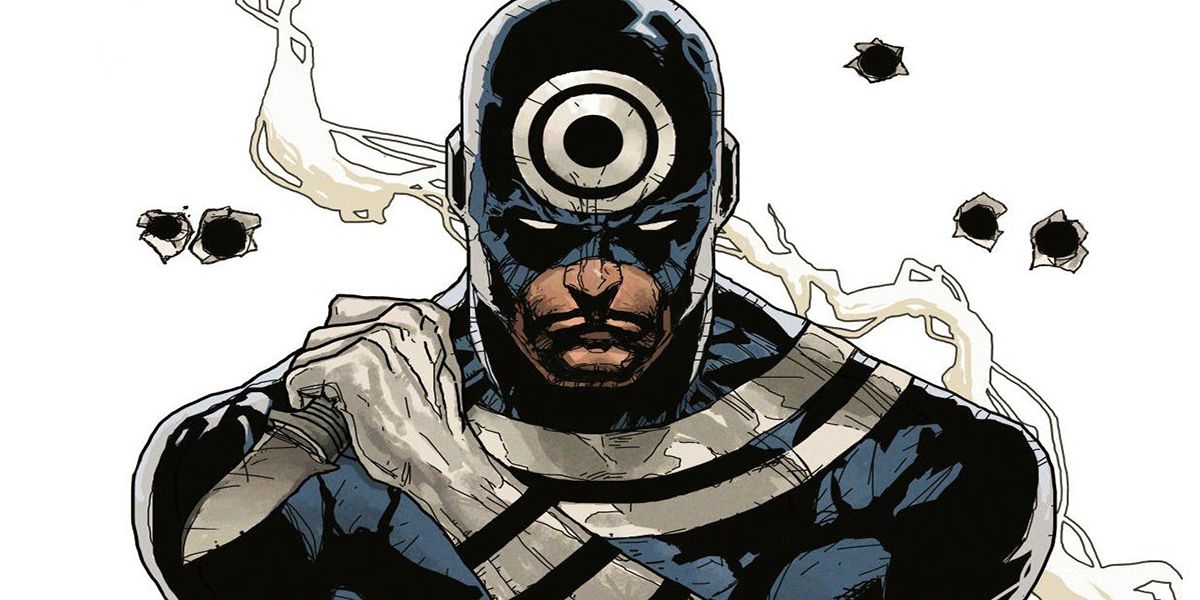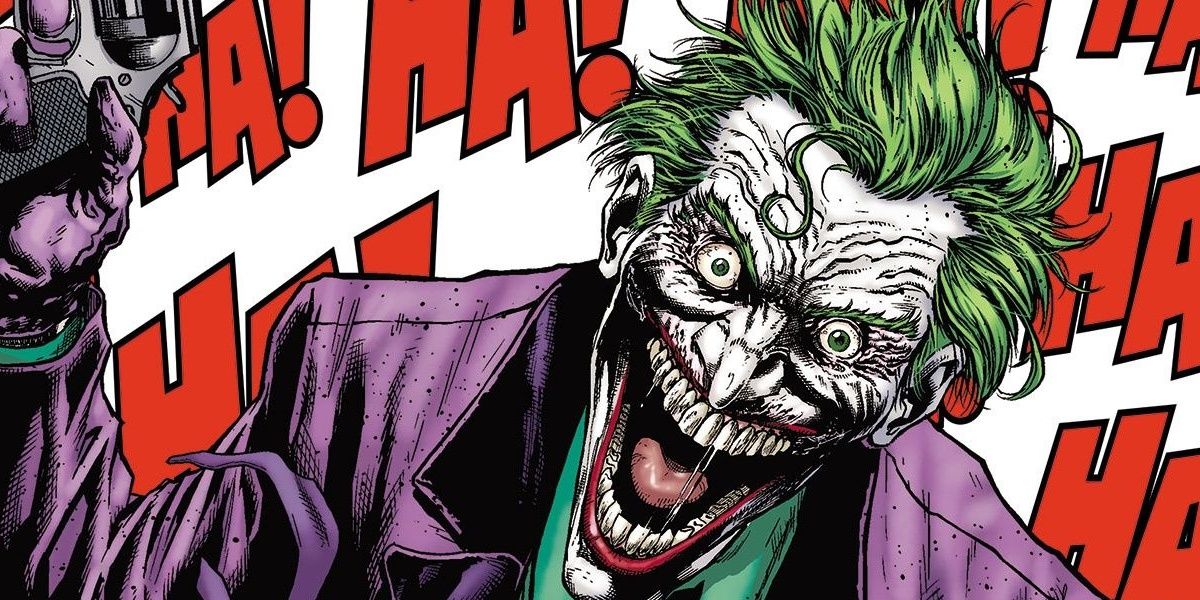When it comes to coming up with a reason for a super villain’s “evil” nature, mental illness has been a popular comic book trope for decades. In many ways, this approach is unfair to many people in the real world who do suffer from mental illness. Being mentally ill doesn’t make a person more likely to be violent or engage in criminal acts. Indeed, there are many mentally ill people in both the real and comic book world who refuse to let their ailments define them and become role models for many others.
Nevertheless, mental illness continues to be a trait found in many comic book villains (although it should be noted that not all writers offer accurate real-world depictions of the conditions these characters allegedly have). And while their villainy is often a result of their personal choices as well as their mental issues, mentally ill super villains hold a strong fascination over readers. Here are ten of the most unusual villains, and the stories that showcase their illnesses.
11 Green Goblin – Insanity
Many characters have taken on the identity of Spider-Man villain the Green Goblin, but the two most famous – Norman Osborn and Harry Osborn – are known to suffer from insanity. Just exactly what type of insanity they suffer from is debatable, but most stories do indicate chemical dependency is a cause.
Norman Osborn was already a ruthless businessman when an unstable strength/intelligence enhancing drug warped his brain and helped create the original Green Goblin personality. Harry Osborn was also once addicted to drugs and later subjected himself to similar Green Goblin treatments which warped his own personality. This caused him to nearly kill his best friend Peter Parker/Spider-Man, although his better nature won out and he ended up saving Peter at the cost of his life.
10
9 The Incredible Hulk – Multiple Personality Disorder
The Hulk might seem a strange entry on this list as he’s usually portrayed as a hero (albeit a highly destructive one). When writer Peter David wrote The Incredible Hulk comic book, however, he established that Bruce Banner suffered from multiple personalities that caused his gamma-irradiated body to physically transform into different monsters, each representing a different aspect of himself. Unfortunately, some of these personalities were quite evil.
One alternate future shown in the Hulk: Future Imperfect storyline revealed Banner transformed into an insane despot known as the Maestro who ruled over a radioactive wasteland after humanity destroyed itself in a nuclear war. Massively powerful and cunning, the Maestro exploited the survivors by letting only a chosen few live in his hedonistic kingdom – as slaves and servants.
8 Two-Face (Harvey Dent) – Split Personality
The vast majority of Batman’s enemies suffer from some sort of criminal psychosis (he does keep putting them in Arkham Asylum after all). However, Two-Face (Harvey Dent) may have suffered from his condition long before the accident that scarred half his face.
In the Batman: The Animated Series episode “Two-Face Part I,” it’s revealed that as a boy, Dent fought back against a bully – but later mistakenly believed he had sent the boy to the hospital. Horrified, Dent repressed his anger, which eventually manifested into an alternate personality called “Big Bad Harv.” Once Harvey’s face was scarred, his alternate personality took over, turning Dent into a vicious criminal.
7 Rhino – Manic Depression/Suicidal Tendencies
Super-strong Spider-Man villain the Rhino may appear to be just a B-level thug – but in one Incredible Hulk Christmas story, Hulk sidekick Rick Jones claims the villain suffered from manic depression that gave his massive mood swings, which could be extremely dangerous given his powers. It should be noted, however, that Rick is not a psychiatrist and this portrayal of the Rhino is not used in many other stories.
Another Rhino story, “Flowers for Rhino” from Spider-Man’s Tangled Web also explores Rhino’s depression – showing how after an experiment made him super-smart, Rhino’s constantly expanding intelligence made him view life as futile – to the point where he wanted to commit suicide.
6 Chance – Compulsive Gambling
A lesser-known Spider-Man villain, Chance is a professional gambler-turned-mercenary who actually places wagers on his jobs. If he fails, he pays his client his fee, but if he succeeds, the client must pay Chance his “winnings.”
It’s a creative approach to villainy – but Chance later acknowledged he was a compulsive gambler and kept putting himself in dangerous situations for the “thrill” of winnings. Recent Spider-Man storylines now find Chance betting on other superhuman battles – still in the grip of his addiction.
5 Lex Luthor – Malignant Narcissism
While portrayals of Lex Luthor have varied over the decades, many writers agree the career criminal has a form of malignant narcissism that drives him to show his superiority over everyone – especially Superman.
During the 1980s, Lex was reimagined as a Donald Trump-type business tycoon who was incensed when Superman became the public’s most popular hero. Obsessed with regaining the adulation he felt was rightfully his, Lex tried to kill Superman on a regular basis while simultaneously engaging in acts of false generosity to win back the public’s love.
4 Legion – Multiple Personality Disorder
Much like the Hulk, Legion – the mutant son of X-Men leader Charles Xavier – suffers from multiple personalities. In Legion’s case, however, each personality has a unique super power. Where the Hulk’s forms had varying levels of super-strength, Legion’s alternate personas have more exotic abilities – from telekinesis to telepathy to pyrokinesis. Some stories suggest there’s no limit to the number of personalities – or powers – Legion can manifest.
3 Bullseye – Borderline Personality Disorder
Daredevil villain Bullseye has been reimagined many times, with many writers depicting him with some sort of insanity. A professional assassin, most comic book stories emphasize that Bullseye genuinely enjoys killing and regularly takes out animals and bystanders on a whim with his uncanny aim.
Season 3 of Netflix’s Daredevil series, however, offered a more sympathetic view of the character. Here, Bullseye was diagnosed early in life with a Borderline Personality Disorder and psychotic behavior. Surprisingly, he gets some treatment that lets him lead a productive if lonely, life as an FBI agent. Unfortunately, when he falls under the Kingpin’s influence, his self-control crumbles and he becomes a crazed killer.
2 Harley Quinn – Histrionic Personality Disorder
A victim of the Joker’s abuse and manipulation, Dr. Harleen Quinzel transformed into the Clown Prince of Crime’s warped girlfriend/assistant. While she’s left the Joker in modern stories, “Harley Quinn” still suffers from mental issues, with some believing she has a histrionic personality disorder that drives her to act flirtatious, dress provocatively, and behave dramatically. Notably, people suffering from this condition are gullible and overestimate the intimacy of their relationships, all traits Harley displayed in her classic story, “Mad Love.”
Harley may currently be “emancipated,” but her need to be the center of attention and manipulate others shows she still has traits related to this disorder.
1 Joker – Insanity?
The Batman villain most associated with mental illness – the Joker – is also, ironically, not able to be diagnosed by many real-life psychiatrists who’ve examined the fictional character. Although some have termed the Joker mentally ill, several doctors in the real world and in the comic book universe point out that the Joker is almost always lucid and capable of distinguishing between right and wrong – although he almost always chooses wrong. Some stories, particularly those focusing on the Joker’s abusive treatment of Harley Quinn, do show the villain has an antisocial personality disorder, but even this has varied.
Some disturbing Joker stories suggest the Clown Prince of Crime has a form of “super sanity” that makes him aware that he’s a fictional character in a fictional world. Since nothing he does has any real-world consequences, the Joker feels completely at liberty to maim, cripple, and kill anyone he wants.

